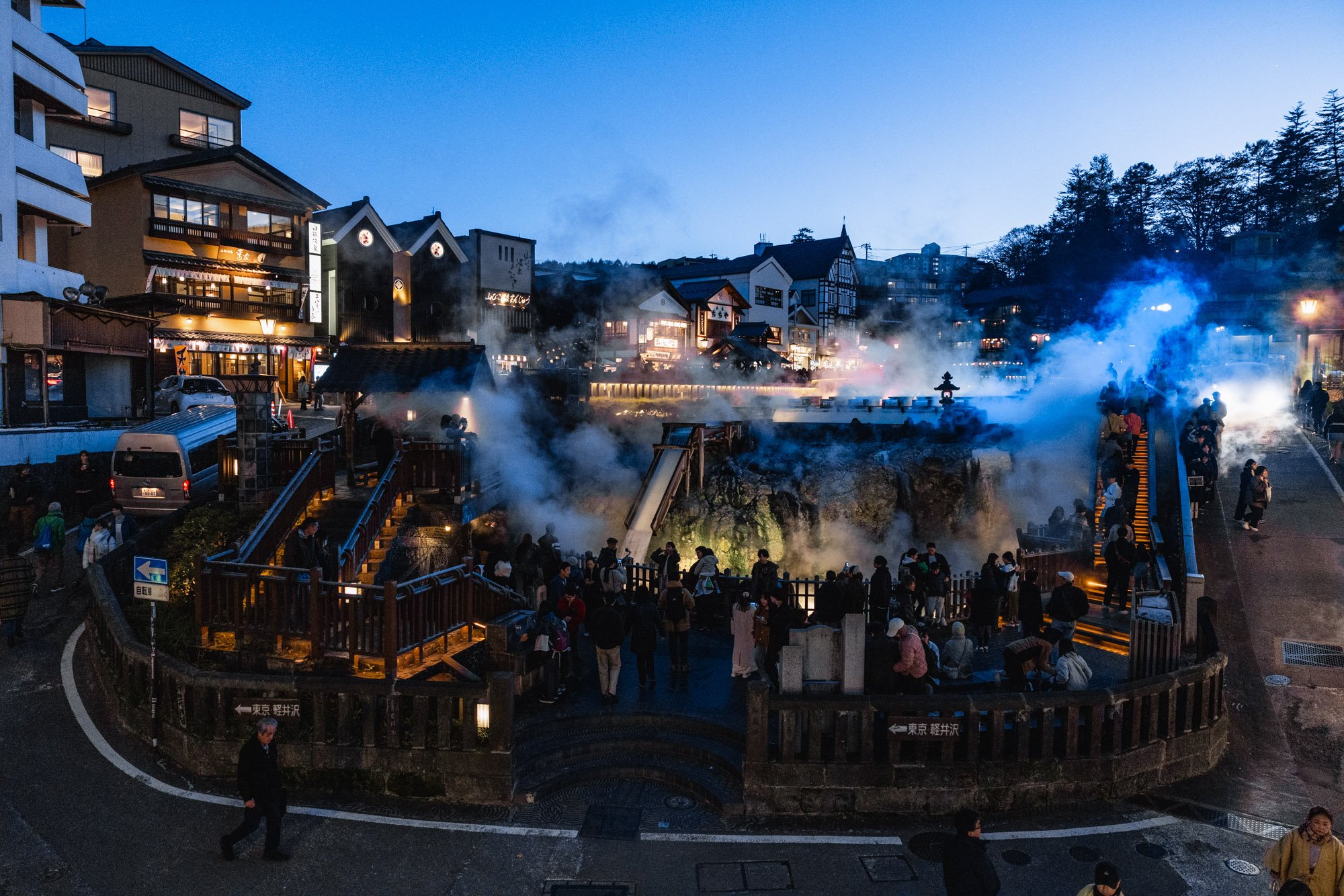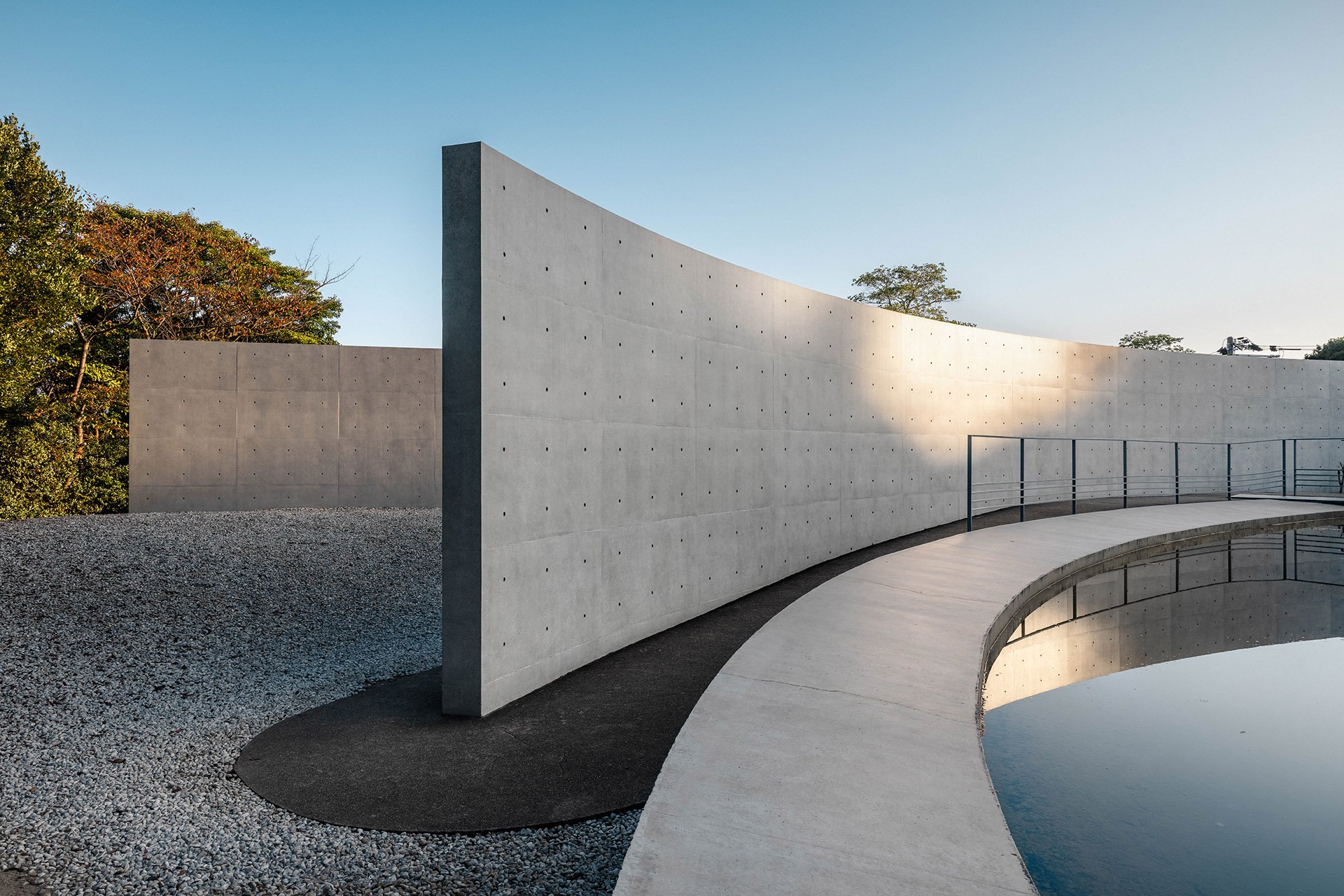Everything You Need to Know Before Climbing Mt Fuji (Updated for 2025)
*2025 Update* – In a bid to prevent overtourism, there are now limitations on 4,000 climbers per day to Mt Fuji during peak season. Climbers will be require to book in advance and pay a fee of ¥4,000 before climbing. Please check the official website for further details.
From Hokusai’s The Great Wave to the background of the ¥1000 note, Mt Fuji is an undeniable icon of Japan. I have photographed Mt Fuji from many different perspectives across every season, but climbing to the summit was the one part of my Japan experience I had yet to complete – until now.
Reaching the peak of the 3,776-metre volcano has become one of the most desirable achievements for locals and visitors from around the world, and planning your first time itinerary should definitely include a hike to truly appreciate its iconic status. Around 90% of walkers start their journey from the Fuji Subaru 5th Station and either hike up the night before and wake up for sunrise at the summit. Alternatively, you can hike within the same day, starting from early in the morning (this is how we did it).
Despite what many blogs say, scaling Mt Fuji is by no means easy, but it is easily possible for beginners with a moderate level of fitness. If you are seeking one of Japan's many bucket list experiences, looking for incredible views from Japan’s highest point, or wanting to embark on a spiritual pilgrimage, join me as I take you through everything there is to know to discover the beauty of Japan’s legendary peak.
When to Climb Mt. Fuji
The official season for Mt. Fuji typically runs from early July to mid-September – be sure to check each year for specific dates. During this time, mountain huts are open and thousands of hikers visit each year to hike through the night, stay overnight in a hut and finish in time to watch the sunrise from the summit. If you’re looking to visit Japan during the autumn season, or during Japan’s iconic cherry blossoms – and are looking for a quieter and more challenging climb – consider visiting through the off-season, though be prepared for harsher conditions and fewer amenities. All huts, shops and toilets will be closed. Climbing in the winter months is only possible with an experienced guide and it is essential to check the latest updates and forecasts, as weather can change rapidly.
Choosing Your Hiking Trail
Mt. Fuji offers several hiking routes, each with unique features and varying levels of difficulty. Your choice of trail should align with your hiking experience and preferences, so read below to determine which one suits you best.
Yoshida Trail
Distance: 15.5km | Elevation: 1,472m | Ascent: 6hr 10min
The Yoshida Trail is the most popular route and offers a well-trodden path with many mountain huts and facilities. This makes it a great choice for first-time climbers and it's also the most frequently chosen for sunrise hikes.
Fujinomiya Trail
Distance: 10.7km | Elevation: 1,392m | Ascent: 4hr 20min
The Fujinomiya Trail is the shortest route to the summit and provides a direct ascent from the fifth station on the southern side of the mountain. It's known for its steep climb and can be challenging, making it suitable for more experienced hikers.
Subushiri Trail
Distance: 14.3km | Elevation: 1,820m | Ascent: 5hr 10min
The Subashiri Trail is a scenic option that begins at the Subashiri fifth station. This route combines natural beauty with manageable terrain, connecting with the Yoshida Trail near the eighth station, allowing for a diverse climbing experience.
Gotemba Trail
Distance: 19.4km | Elevation: 2,336m | Ascent: 6hr 50min
The Gotemba Trail is often chosen by seasoned hikers looking for a more rugged and less-crowded route. It's known for challenging terrain, including ash slopes and loose gravel. The route begins at the Gotemba fifth station and provides panoramic views, but it's essential to be well-prepared and physically fit.
Ohachi-meguri Trail (Summit Crater Loop)
Distance: 2.6km | Ascent: 1hr 30min
The Ohachi-meguri Trail loops around the edge of Mt Fuji’s crater and gives a pretty epic perspective of the volcanic formations. It can be combined with any of the main routes and adds an extra layer of adventure to your climb.
Discover more bucket list experiences and unique travel recommendations in my brand new guidebook, Views from Japan.
What to Pack for Climbing Mt Fuji?
What to pack essentially comes down to your experience and hiking ability and whether or not you will be staying overnight at one of the huts. During our climb, we saw people in as little as shorts and t-shirt, trail running shoes and a small camelback bag. If you are venturing overnight to stay for sunrise, you will likely need a larger rucksack full of clothes and provisions. Here’s a breakdown of what we took for our day hike.
Essentials
Waterproof jacket
Waterproof pants
Walking shoes or trail running shoes
Rucksack (with waterproof cover)
Cap or hat
Hiking poles
Water (at least 3L per person)
Lots of energy snacks
Sun cream
Extras
Cash
Flask of hot coffee
Trash bags
Dry bag
Sunglasses
Portable phone charger
Gloves
Head torch
Mountain Huts
If you are planning to hike Mt Fuji overnight, then booking a mountain hut is an essential part of your preparation. These huts provide shelter, food, and a place to rest during your scramble. Reservations can fill up quickly during the peak season, so I recommend booking well in advance, even a few months prior. Expect basic accommodations and communal sleeping arrangements. To make your stay more comfortable, bring essentials like a sleeping bag, warm clothing, and snacks.
Tricks & Tips for Hiking Mt Fuji
1. Download a GPS App – This will track your live location and trail routes even without an internet signal. I recommend Mt Fuji GPS Trail Map for IOS and Android.
2. Take hiking poles – This was a game-changer for our climb. Hiking poles enhance stability during both ascent and descent, especially on steep sections.
3. Check the weather – Always check the forecast before your climb and be prepared for sudden weather changes on the mountain.
4. Find accommodation nearby – Book accommodation in either Fujiyoshida or Kawaguchiko to ensure a well-rested start to your climb.
5. Stay hydrated – Carry enough water to stay hydrated throughout your trek, as water sources may be limited. I recommend 3L per person.
6. Wear layered clothing – Temperatures can vary significantly during the climb, and layers can be packed down small, allowing adjustments without carrying heavy jackets.
7. Start early – If you are climbing within one day, begin your trip early to make the most of daylight and to allow ample time for rest stops and acclimatisation.
8. Pack snacks – Bring energy-boosting snacks to maintain your stamina during the hike.
9. Respect the environment – Follow the "Leave No Trace" principles and adhere to the guidelines provided by the mountain huts and authorities.
10. Know your limits – Listen to your body and take as many breaks as you need to. Safety should be your top priority.
How to Get There
During the season, buses to the Fuji Subaru 5th Station can be taken from Fujisan Station or Kawaguchiko Station at 06:20 and 06:30 accordingly, arriving at 07:25. I recommend getting to the bus stop early as there will likely be queues. The final return bus leaves at 18:40 back to Fujisan and Kawaguchiko. Note: No private cars can access Fuji Subaru 5th Station during peak season. During the off-season, the bus timetable is more limited, and parking is accessible by car, meaning self-driving is a better option if you plan to arrive early. I recommend Orix Rent-a-car Shin-Fuji Station.
Safety
Mt Fuji can be physically demanding, especially at higher altitudes, so it's crucial to be prepared both mentally and physically. Altitude sickness is a potential concern, so take the climb slowly to allow your body to acclimatise. Always check weather warnings and forecasts, as the conditions on Mt. Fuji can change rapidly.
Environmental Precautions
Mt. Fuji is a World Heritage Site and also a sacred mountain deeply respected in Japanese culture. Over-tourism has been a growing issue on the mountain, threatening its natural beauty and spiritual significance. As responsible travellers, please respect the environment by following designated trails and disposing of waste properly to keep the mountain and clean and safe place for future climbers.
Where to Stay
If you plan to hike Mt Fuji within one day, I highly recommend staying overnight first to get the most out of your night’s sleep. We stayed at one of my favourite local spots: Hostel Saruya. Located a five-minute drive from Mt Fuji Station, the hostel provides simple and comfortable Japanese and Western-style rooms in a beautifully resorted Japanese townhouse. If you are looking for something on the other end of the price scale, check out Hoshinoya Fuji for an unforgettable stay.
Discover Japan Like Never Before. Tried & Tested by a Local.
For the design-conscious, culturally curious and forward-thinking travellers amongst us, Views from Japan is a brand new travel guidebook that gives you all the tools you need to unlock remote destinations, delve into unique cultural experiences and discover lesser-known neighbourhoods, without spending hours trawling the web or following generic itineraries.




















